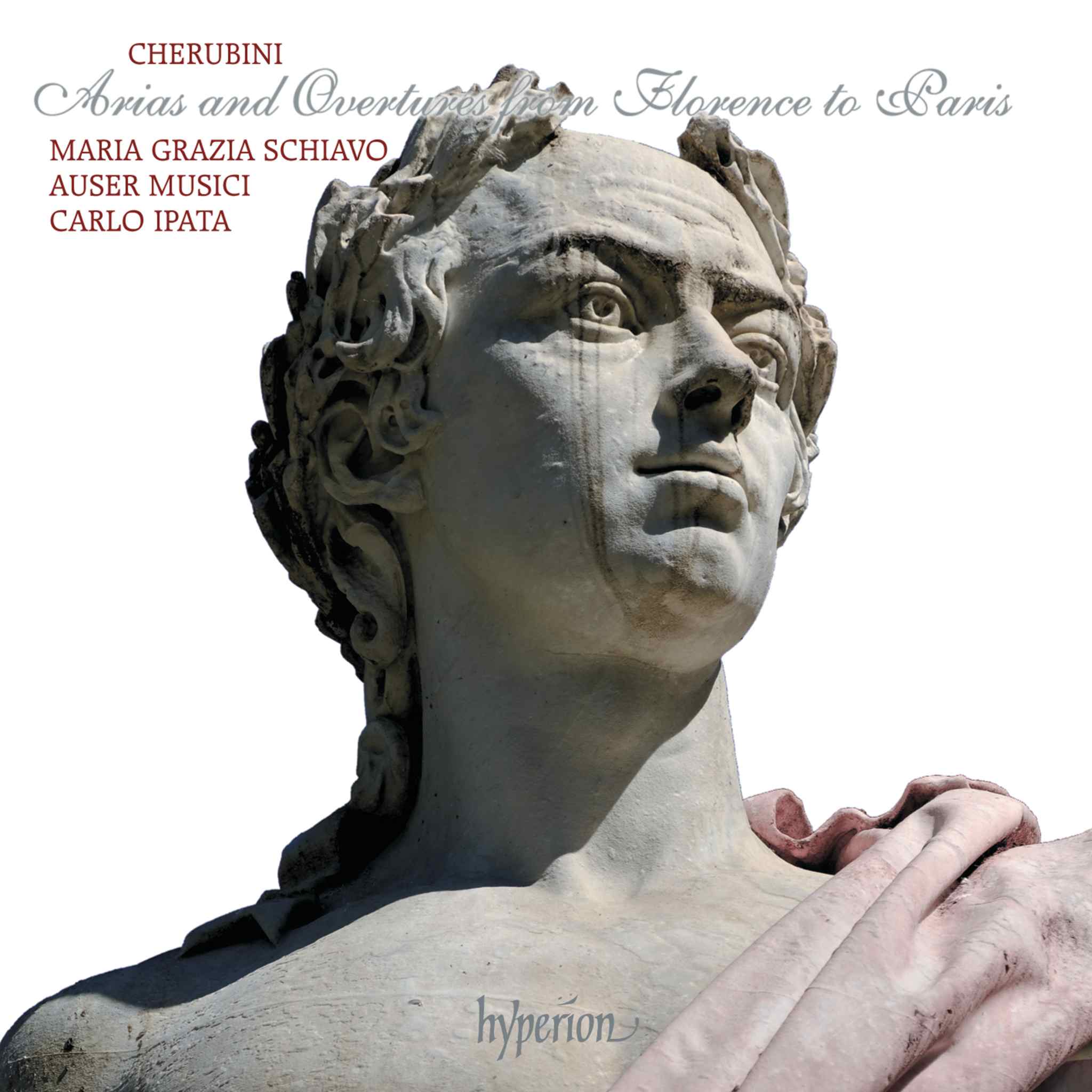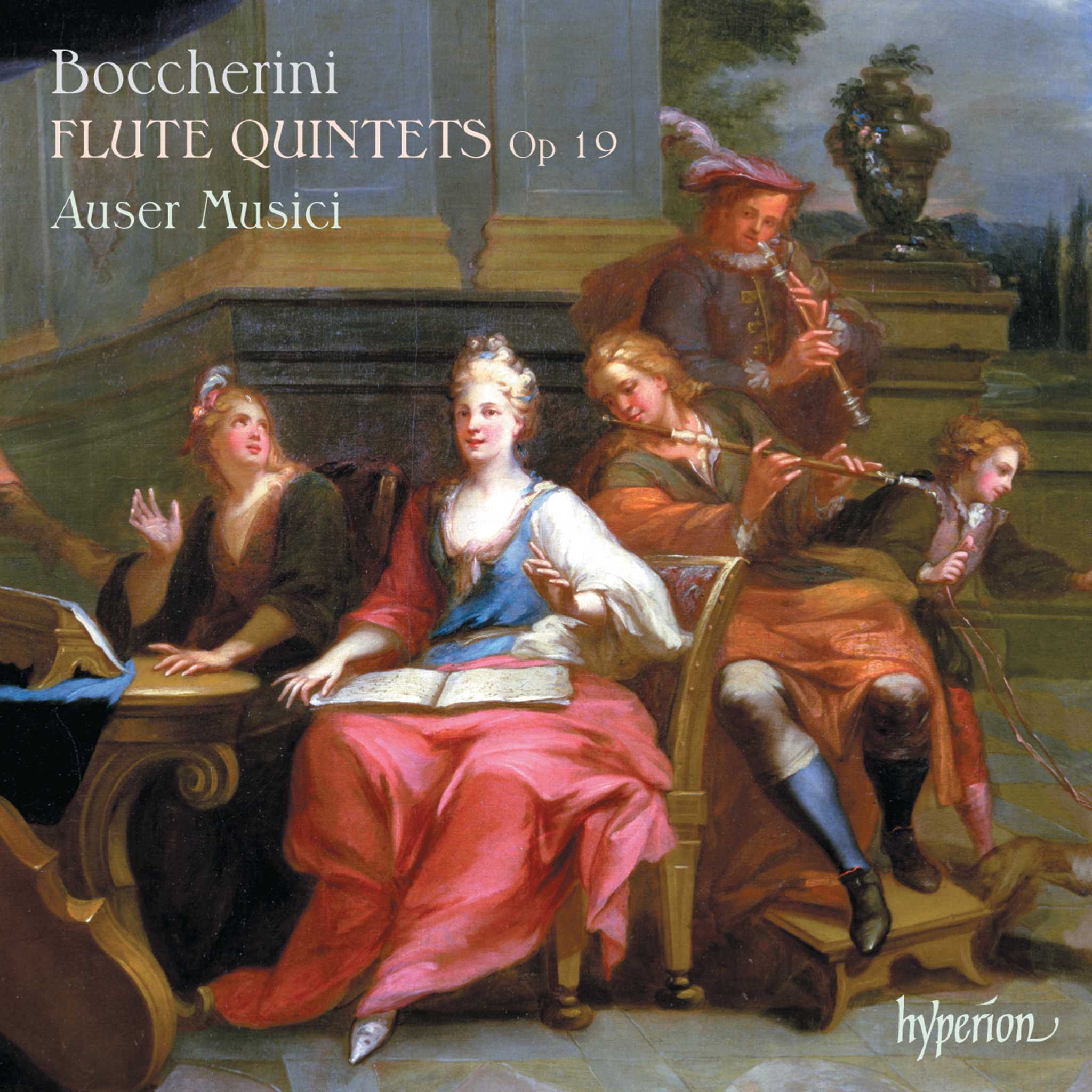Album insights
The initial part of the program delves into the remarkable richness of three- and four-part writing during the late fourteenth and early fifteenth centuries, focusing on peculiarities such as the Latin religious virelai, "Laus detur multipharia." Noteworthy for its foreign beauty akin to late 14th-century French songs, it showcases Hoquetus passages and surprising harmonic shifts. Following the French song tradition post-1400, Matteo da Perugia's legacy notably includes the artistically unique "Belle sans per." This song's fervent undertones and unexpected modulations echo structures of fourteenth-century music like "Laus detur multipharia" while anticipating later works akin to "Quant la douce jouvencelle."
Regarding English composers' exploration of French Ars Nova developments, the pinnacle lies within liturgical music. Selected from the Old Hall Manuscript, Cooke's piece and an anonymous master's composition stand out for their innovation. These pieces exhibit rhythmic flexibility reminiscent of Machaut's generation in two-part sections and achieve rich harmonies in four-part segments without sacrificing momentum—a feat some composers struggled with. Lastly, a fifth voice emerges dramatically in the concluding phrases, intensifying the sonic experience.
Transitioning to Conducti in the program's second segment, these Latin rhythmic verse settings embody the earliest musical layers. "In Rama sonat gemitus," dating back to the 1160s, laments Thomas Becket's exile while highlighting similarities in monophonic Latin song traditions between England and France. Conductus themes like critiques of clergy vices, as in "Deduc, Syon, uberrimas," mark a departure from the common medieval Latin song stereotype associated with Carmina Burana. Noteworthy compositions representing Conducti poetry reveal thematic contrasts, praising the achievements of prelates or criticizing clerical corruption.
Conducti like "Flos in monte cernitur" eventually gave way to the trendy fourteenth-century North French Motet, signaling shifts in musical taste and rhythmic styles. With Motet emergence, rhythmic alterations became prominent, as illustrated through various compositions. The evolution from isosyllabic recitation, as seen in "Deduc, Syon, uberrimas," to rhythmic alternations in works like "Virgo plena gratie" marked a significant turning point. Motets evolved from inventing texts for polyphonic compositions' upper voices to intricate four-part creations laden with dissonances and vocal tonalities.
Furthermore, the instrumental pieces featured, played on the medieval fiddle, consist exclusively of Estampies. Originating around 1300, these tunes were tied to solo fiddle performances, requiring intense focus to navigate their complexity and prevent melodic blending. Contrary to their seemingly straightforward structure, Estampies pose a challenge demanding both performers and listeners' concentrated engagement, as stated by Johannes de Grocheio around 1300. In essence, Estampies engage minds, redirecting focus from trivial thoughts to unraveling their intricate musical fabric.





